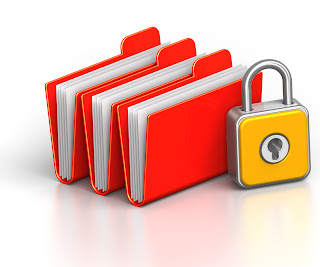1] * The new wireless devices have different capabilities such as:
. Cellular telephoney . Wi-fi . Digital camera
. Bluetooth . GPS . Organizer
. Calculator ...
2] * Microwave transmission systems : For high-volume, long distance, point-to-point communication.
* Communication satellite :
. Geostationary earth orbit.
. Medium earth orbit
. Low earth orbit
* Radio transmission : Sends data directly between transmitters & recievers using radio-wave frequencies.
* Infrared light : A red light not commonly visible to human eyes.
3] * Wireless networks & distance ..
Short-range ..
Medium range --> Wireless Fidelity (Wi-Fi) , Mesh network which uses multiple WI-Fi access points to creat a wide-area network.
Wide area --> Include cellular radio & wireless broadband or WiMAX.
4] * Mobile computing & commerce ..
. Mobile computing: A computing model designed for people who travel frequently.
. Mobile commerce: Any e-commerce conducted in a wireless environment.
* M-commerce applications :
. Banking
. Wireless payments
. Micropayments
. Wireless wallets
. Bill payment services
5] * Major threats to wireless networks:
1. Rouge access points.
2. Eaves-dropping.
3. War driving.
4. Radio-frequency jamming.
. Cellular telephoney . Wi-fi . Digital camera
. Bluetooth . GPS . Organizer
. Calculator ...
2] * Microwave transmission systems : For high-volume, long distance, point-to-point communication.
* Communication satellite :
. Geostationary earth orbit.
. Medium earth orbit
. Low earth orbit
* Radio transmission : Sends data directly between transmitters & recievers using radio-wave frequencies.
* Infrared light : A red light not commonly visible to human eyes.
3] * Wireless networks & distance ..
Short-range ..
Medium range --> Wireless Fidelity (Wi-Fi) , Mesh network which uses multiple WI-Fi access points to creat a wide-area network.
Wide area --> Include cellular radio & wireless broadband or WiMAX.
4] * Mobile computing & commerce ..
. Mobile computing: A computing model designed for people who travel frequently.
. Mobile commerce: Any e-commerce conducted in a wireless environment.
* M-commerce applications :
. Banking
. Wireless payments
. Micropayments
. Wireless wallets
. Bill payment services
5] * Major threats to wireless networks:
1. Rouge access points.
2. Eaves-dropping.
3. War driving.
4. Radio-frequency jamming.
End of Chapter ..















